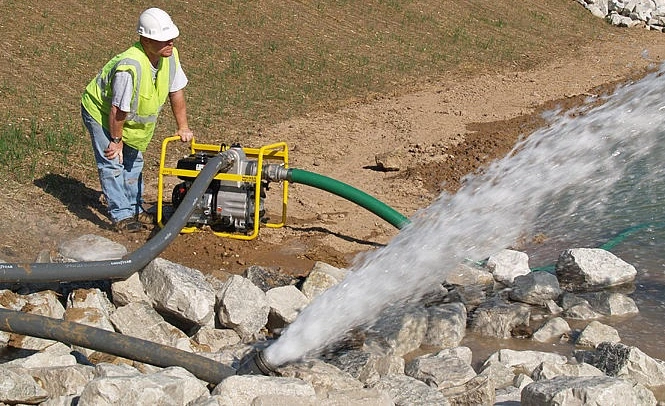The Difference Between Pump Flow vs. Pressure

The difference between pump flow vs pressure
Not infrequently hearing pump operators complaining that their sprayer does not have enough pressure when, in fact, the problem is the flow rate. In fact, some people use two terms alternately, as if they are the same thing. They don't and know the differences and roles played by each of them are the keys to achieving the right pump performance.
Pump work is not to put pressure; Instead, it is to give a flow rate, pump a number of liquids for a certain amount of time from the tank or reservoir to the outlet. The flow rate is often referred to as gallons per minute or GPM. There are several small pumps that assess the flow of gallons per hour or even gallons per day, issue a small amount of liquid during a certain time.
However, the pump pressure is the size of the resistance to the flow. Without flow, no pressure. In a positive displacement pump, such as a plunger pump, ranked in the pound per square inch, or PSI, describes how much resistance is designed to be held.
The psi pump rating is important because it shows that the pump is made of material and is designed to handle a certain amount of pressure. But for the pump operator, they must both care about the pump flow rate that determines how much you want to issue, squirt, or inject.
Will increase the flow of pump also make pressure increase?
In general, when the pump pressure increases, the flow will decrease. Take, for example, a drizzle pump that needs to produce ultra-fine fog for cooling or dust oppression. Many drizzle pumps are rated 1,000 psi, but the flow rate is quite low at 0.25 GPM.
Obviously, high pressure in this instance is very important to produce the right size droplets. However, it does not show more output or vertical or horizontal throws. Instead, higher pressure combined with right nozzles produces fine mist with very few streams that might only cover small terrace areas.
On the other hand, the soft washing sprayer can be rated only 100 psi and has a GPM 5.4, but can reach a vertical throw of almost 40 feet and horizontal throws of more than 50 feet when paired with the right nozzles.
More pressure change the speed of the fluid, but also reduces flow or output. The cause of the decrease in flow is caused by two factors: volumetric efficiency of the pump and reduced motor speed. Volumetric efficiency is the size of the actual flow compared to the theoretical flow (calculated) expected - volumetric efficiency reduced due to increased pressure. Our positive displacement plunger pump has around 90-100% volumetric efficiency compared to centrifugal pumps that range from 0-100%. This means the plunger pump only loses around 10% of the flow when pumping backpressure, while the centrifugal pump will lose all the flow when the pressure rises too high.
The reduced motor speed occurs when the motor is loaded heavier. So, when the pressure on the pump causes more burden on the motor, it slows down. When the motor is slowing down, the flow rate drops on the same percentage. A motor operation at around 2000 rpm at low pressure will usually slow to around 1750 rpm when the pump is pressed to the maximum ranking.
Then stand for reasons, then, that increasing pump pressure will not increase the flow. In a soft washing example, more pressure will not help the operator reach the roof of the two-story house with the same amount of coverage. Operators need a pump motor with an ideal combination of pressure and flow.
How to achieve the right flow and pressure
Pump techniques for any application require an understanding of liquid dynamics, and each industry has varied needs. Too often, a company will choose a high-pressure pump outside the shelf to get a job